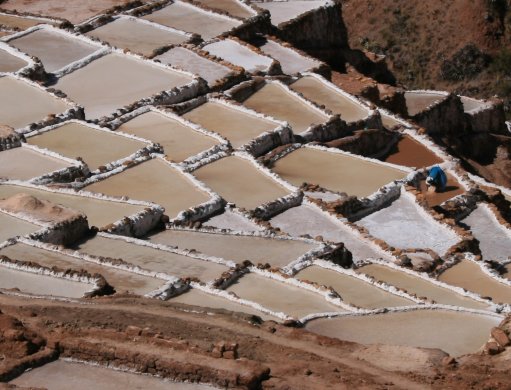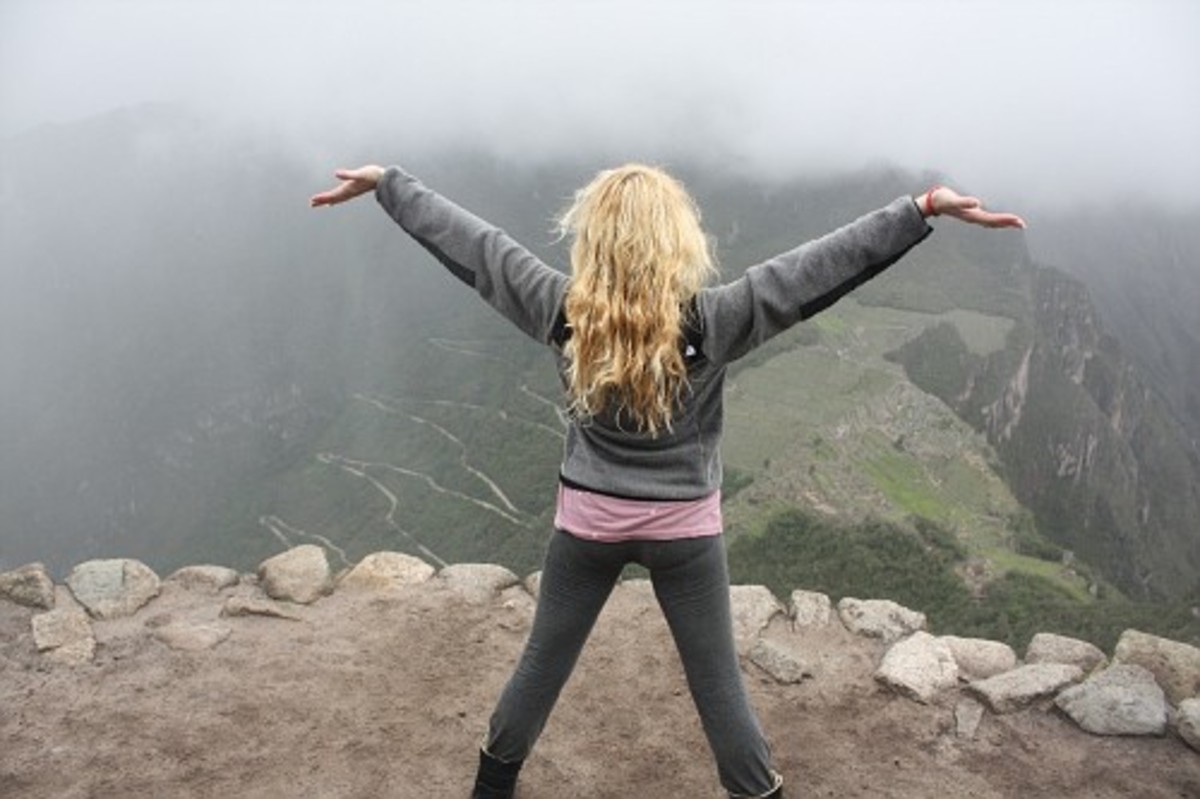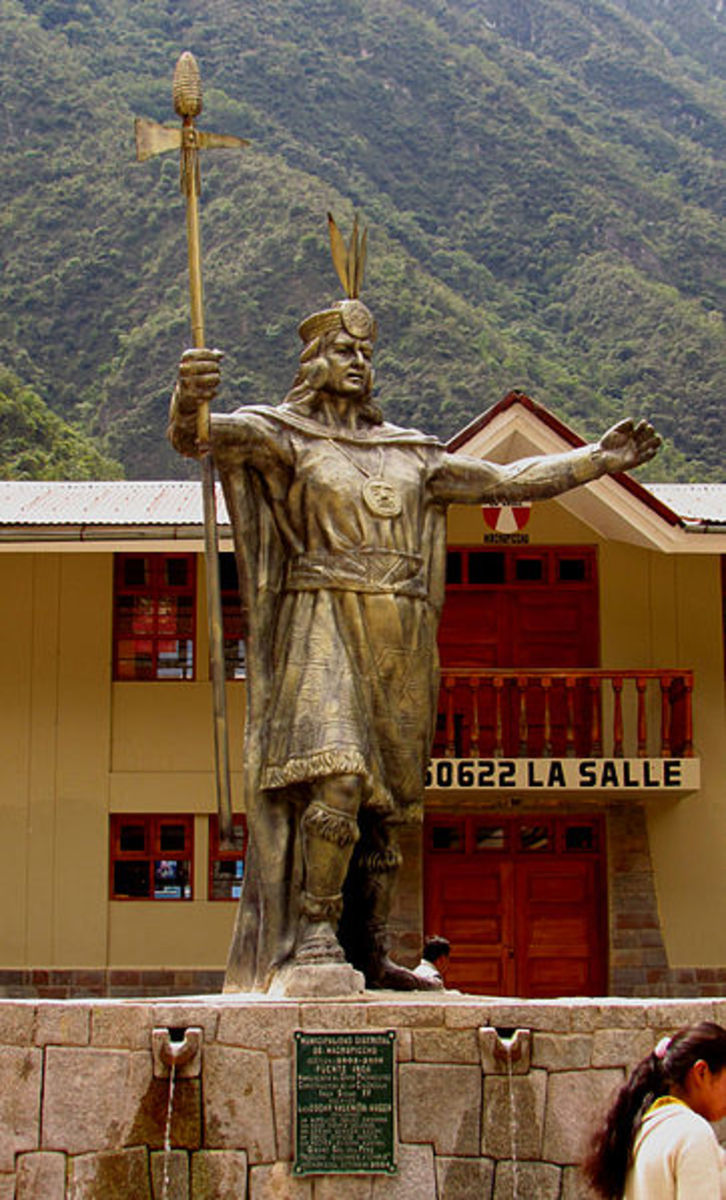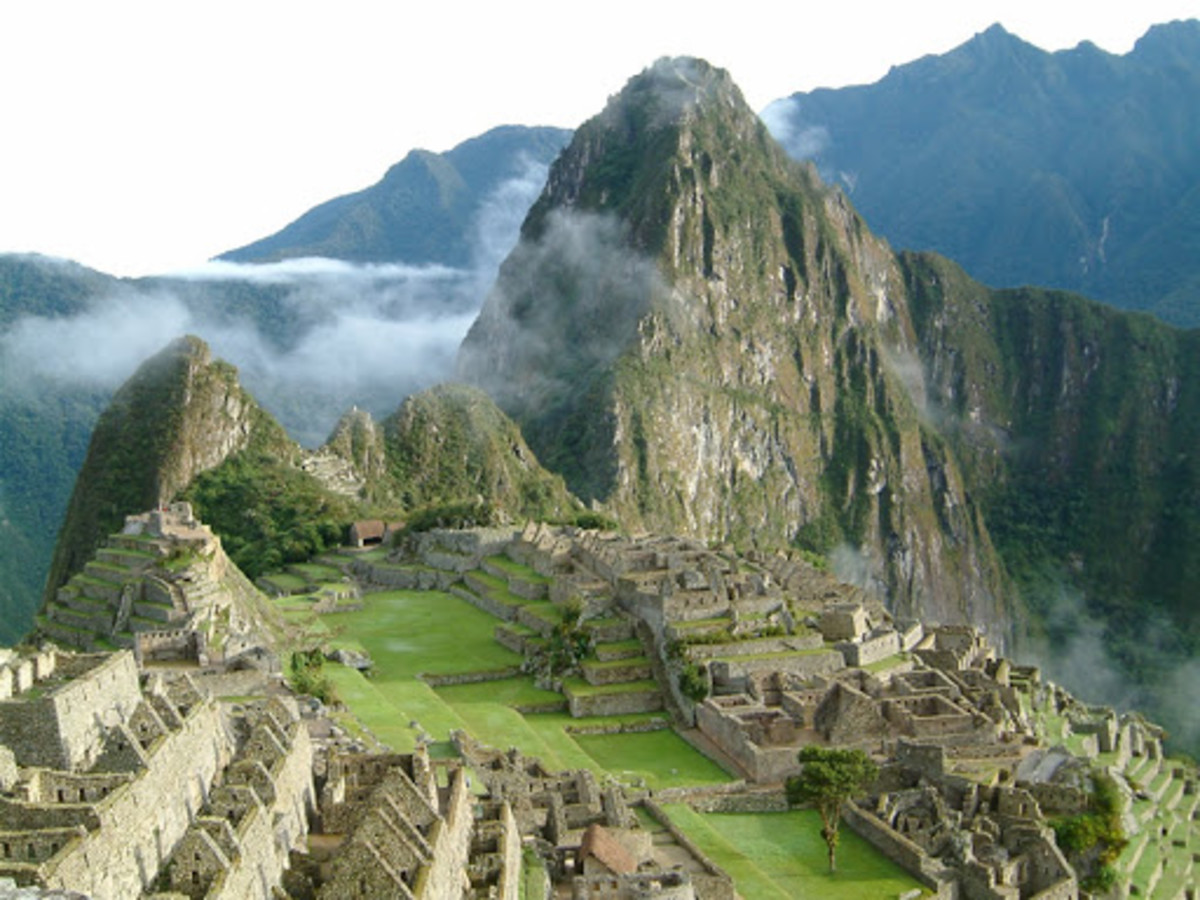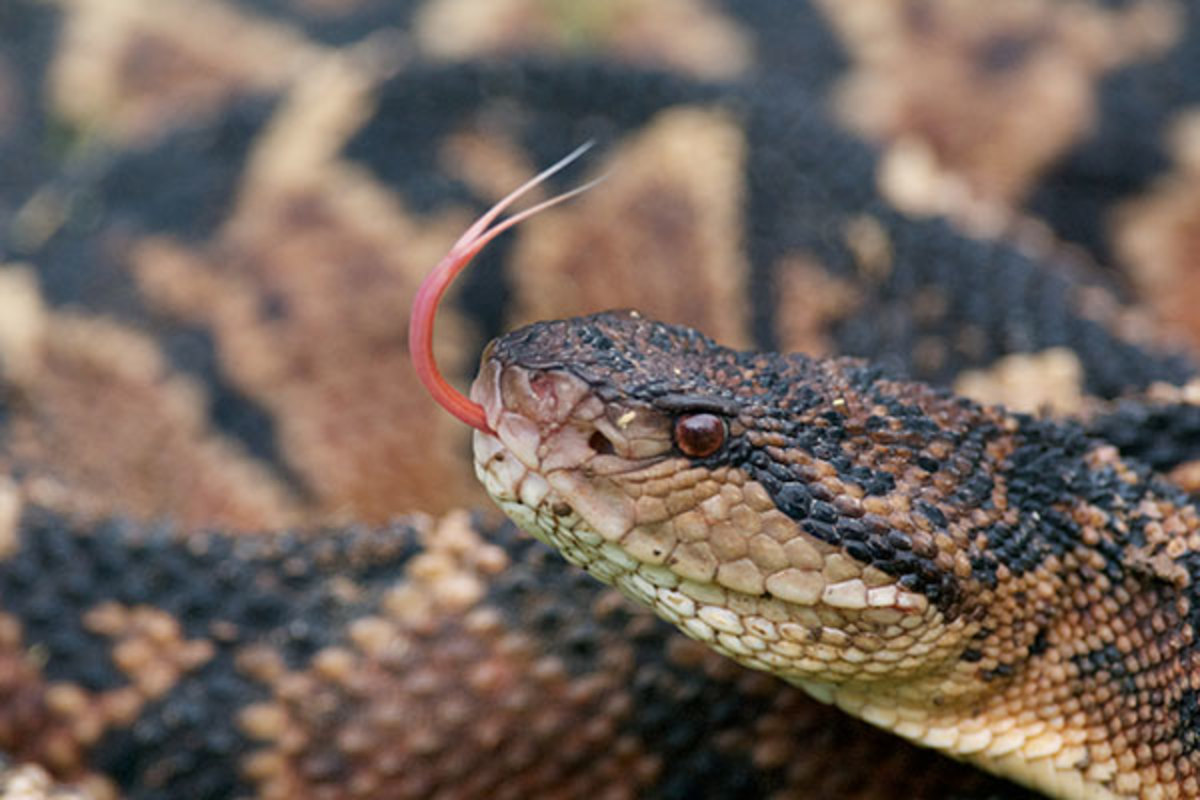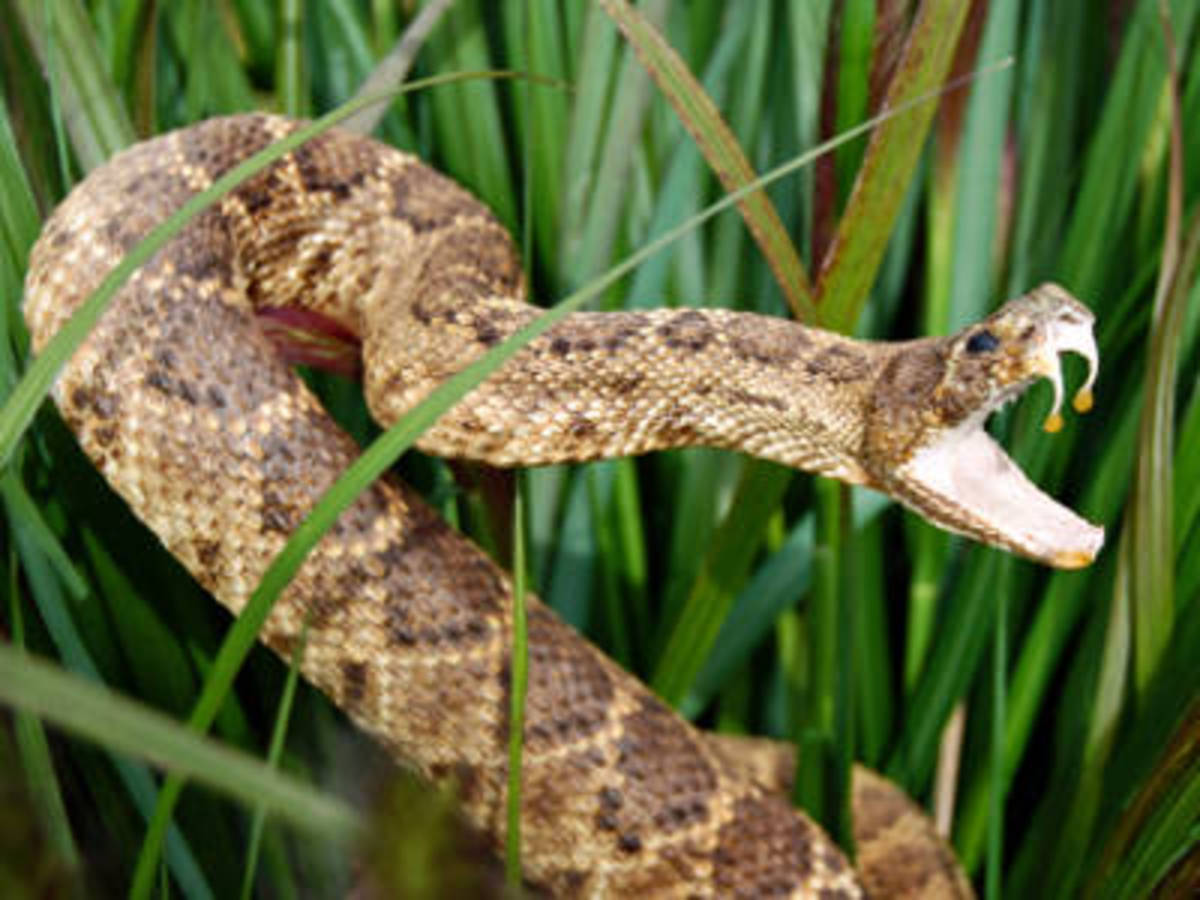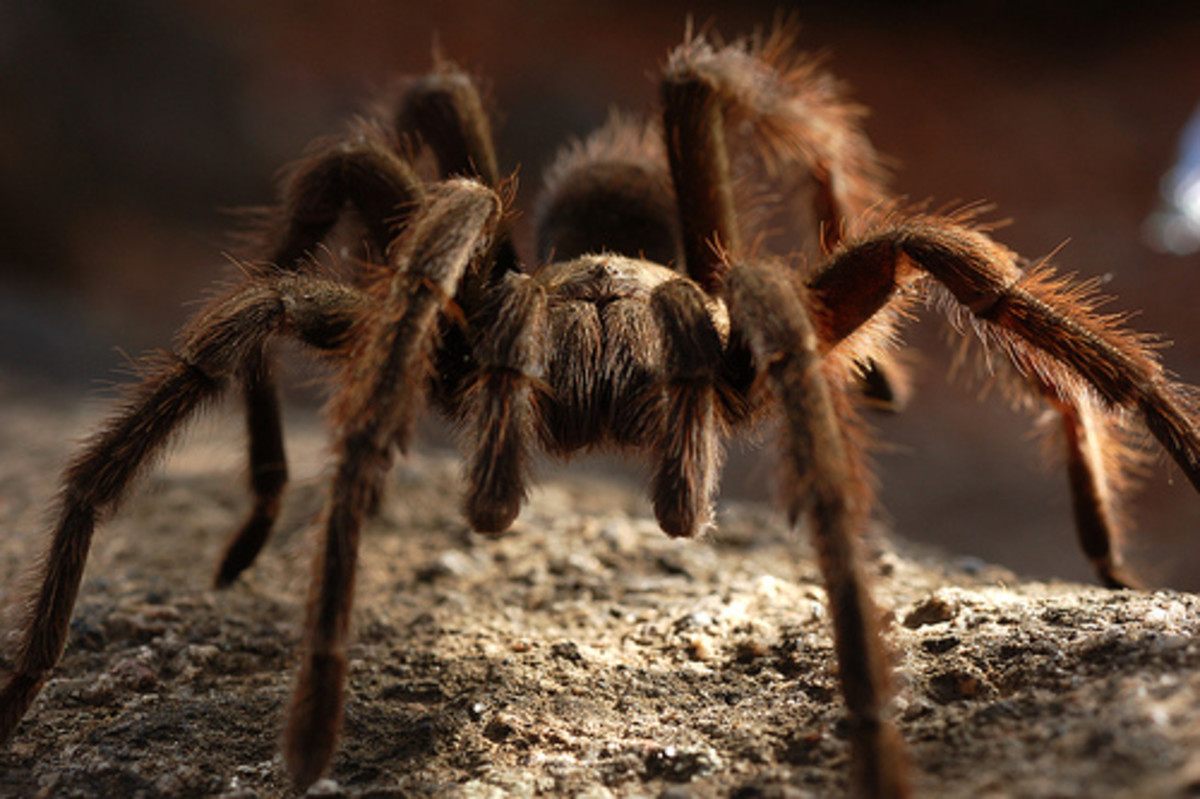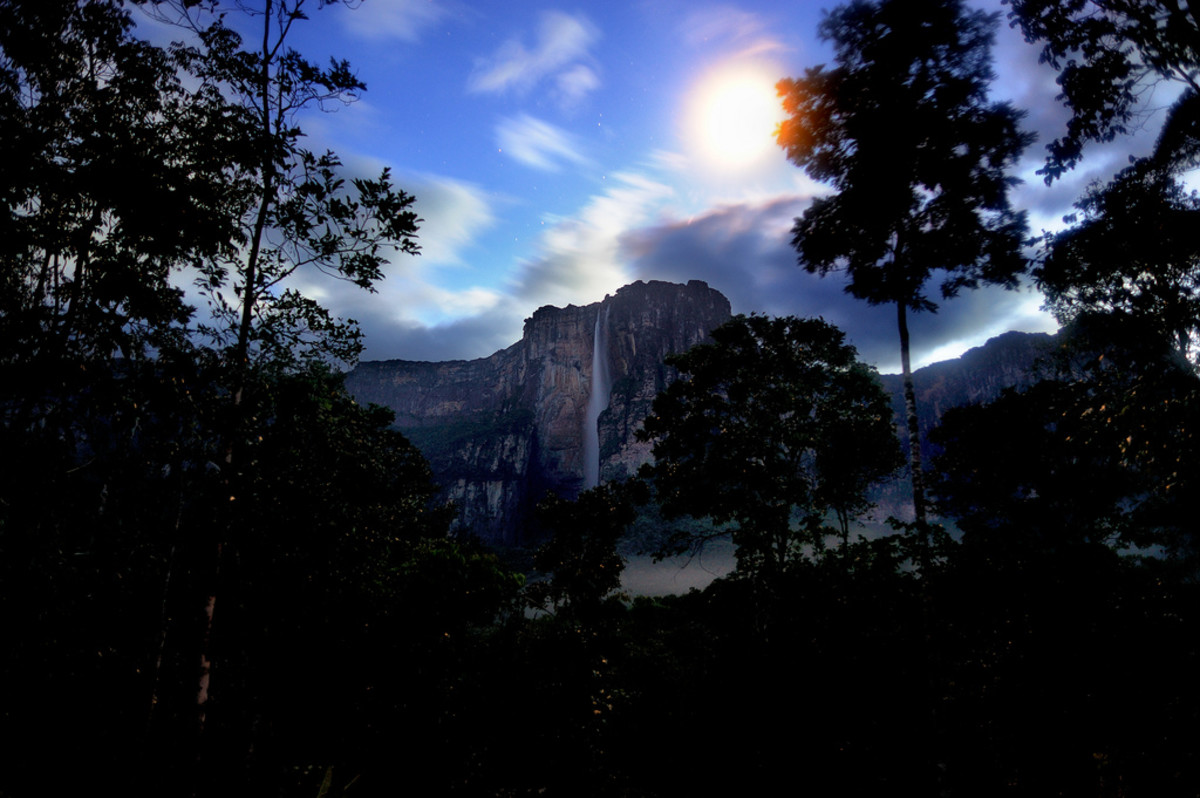Highlights of Machu Picchu and the Inca Trail
The Essence Of Peru
When thinking of Peru, most people picture colorful traditional clothing, alpacas, ancient ruins and mysterious monuments built by the Inca Civilisation. The numerous stories you hear about the famous Peruvian landmarks surprise and captivate even the seasoned tourist, none more so than the most visited spot, and one of the ancient wonders of the world, Machu Picchu. Everything you hear is true, Peru is jam packed with amazing sights to see and things to do, but for me Peru is much more than its archaeological legacy.
There are the expected sights you’ll encounter on your way to Machu Picchu, but it’s also important to contemplate the true essence of Peruvian culture around the villages and their unique relationship with the “soul” of the land.
The locals who live in these villages are the direct descendants of the Inca. Minimal exposure to tourists along the Lares trail in particular has allowed them to preserve and maintain their traditional way of life. Their unique Inca understanding of the mystical and physical nature of their world is something you have to experience!
When you hike along the Inca trail, you have the opportunity to enjoy the physical beauty of Peru, with its enigmatic history and legends, but also the other dimensions of the people and their Andean origins.
Peruvian Quechua Villagers
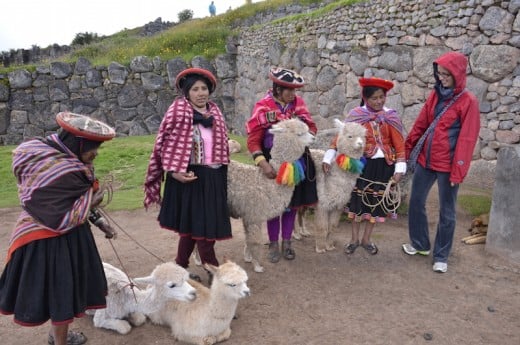
Machu Picchu – the Classic Inca Trail experience
Perched on a mountain top in the Sacred Valley, an area located some 80 kilometers (50 miles) away from Cusco, Machu Picchu was built as a reinforced residence for the Inca emperor Pachacuti, who reigned from 1438 to 1472. The city evolved over the next few decades to its present size and includes a plethora of temples, noble residences, small houses and impressive fortification walls. The star attraction of Peru, Machu Picchu can be reached via multiple routes, but the most famous is the Inca Trail. The Inca Trail is a complex system of roads built by the Inca civilization hundreds of years ago. Although there are multiple routes to reach the Machu Picchu complex, the Classic Inca Trail is touted as the most impressive and features some of the most interesting attractions.
The 26 mile trek is used by more than 80,000 tourists each year and takes visitors through spectacular sites dotted along the Urubamba River. Located deep in the Sacred Valley, the Inca Trail is usually completed in four to five days. Several stretches of the trail will push your endurance, but anyone who is willing to put in a little effort is in for a one of a kind sensory-filled experience, journeying through the Andean mountains.
Because of the steeper sections of this route, many hikers need to have a reasonable level of fitness to complete the trip. The higher altitude climbs and changeable weather conditions (like walking through mist and the occasional rain shower) are points to take into consideration before starting this trek. Nonetheless, it’s a once in a lifetime experience with stunning scenery, following in the footsteps of the Inca. By walking the well-worn trails these people built by hand centuries ago, you can really absorb the magnitude of what they achieved.
Ollantaytambo Peru
Ollantaytambo ruins in Peru along the Classic Inca Trail
Classic Inca Or Lares Trail?
Would You Rather Take The Classic Inca Or Lares Trail?
The Classic Inca Trail
The Inca Trail consists of three overlapping narrow, stone paved trails, the Classic, Mollepata and One Day trails. Mollepata is the longest route and boasts the highest pass at an altitude of more than 4,200 meters, just before it intersects with the Classic route at the Warmiwanusqa pass. The two longer routes are high altitude passes and showcase spectacular views all around. All three routes will take you through or past ancient Inca ruins, settlements and tunnels, all with stories behind their construction, outlining their purpose from defending against marauding armies, to cleverly engineered baths and food stores to supply townships. The Inca Trail passes through many Andean landscapes, ranging from high tundras to cloud forests and lush rainforests.
The Inca Trail starts 88 km from Cusco, hugging the banks of the Urubamba river. The trail intersects with connecting trails near the ruins of Patallaqta, an ancient religious center, which was built as housing for soldiers, ceremonial buildings and other purposes. Nearby, perched on the top of the hill, is the ancient pre-Inca Willkaragay site, first inhabitated in 500 BC.
The main trail rises up all the way to Warmi Wanusqa, called “Dead Woman’s Pass”, one of many Inca passes with fascinating legend. The cloud forest region is famous for the Polylepsis trees, found only in this area. The pass opens to reveal breathtaking views across the Sacred Valley, one of many perfect photo opportunities along the way. When the mountains are not enveloped in mist, visibility can extend for miles, so you’ll want to take your time checking out the features of the valleys below. The trail continues to undulate, offering dramatic viewpoints with steep drop-offs, crevasses, and mountain crests. Next, you’ll encounter a long Inca tunnel, a true masterpiece of ancient engineering that overlooks two valleys, Aobamba and Urubamba.
What To Take On The Inca Trail
Essential Travel Items
| Clothing & Footwear
| Toiletry Items
| Other
|
|---|---|---|---|
Passport
| Proper Hiking Attire
| Toothpaste
| Sleeping Bag
|
Cash
| Proper Footwear
| Sunscreen
| Flashlight
|
Weatherproof Gear
| Insect Repelellent
| Water Bottles (yes x 2 plus
| |
Flip Flops (for toilet visits)
| Chapstick
| Snacks
| |
Soap/Moistwipes
| Batteries, Memory Cards, or Whatever Else You’ll Need for Your Electronic Goods
|
Ruins In Ollantaytambo Peru
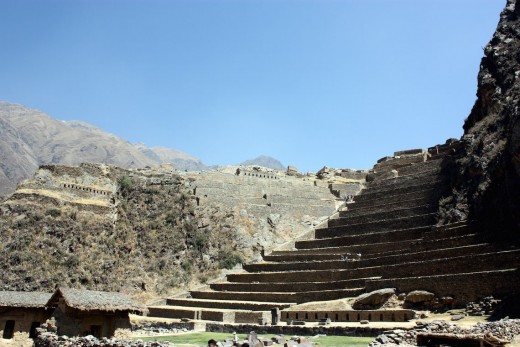
Phuyupatamarka
Phuyupatamarka, a vast ruined city site at an altitude of 3,650 meters, features five fountains, an altar for llama sacrifices and a multitude of ruined temples. The city is known for its impressive layout, which was masterfully engineered with terraces that follow the natural contours of the mountain. After a 1,000 meter walk down a 1,500 step staircase, (one of many adrenaline-inducing inclines) the trail traverses an area of jungle where you can spot exotic birds and butterflies. The next attraction is the extensive agricultural terraces of Itipata, which were used to grow potatoes, fruit and maize. Then you move on to Winay Wayna, which features an intricate network of fountains and ritual baths that utilise a total of 19 springs running between the buildings. You would swear that some of the cuts in these baths had been cut with a laser rather than by Inca artisans.
Finally you approach Machu Picchu! If you are arriving at Machu Picchu in the morning, it is likely to be enveloped in mist. As a city naturally obscured by cloud for much of the morning, and fortified by steep terrain overlooking the valleys and rivers below, it’s not hard to see why the Inca chose this site to build their once thriving mini-metropolis. This ancient residence was the home of the emperor Pachacuti, and it is still a remarkably well-preserved example of Inca classical-style architecture that the Conquistadores (thankfully) never found and destroyed. The town features multiple expertly carved and intricately embellished temples, including the Moon Temple, the Sun Temple, the Main Temple and the Windows Temple. The town is built around an impressive main square, flanked by what you can easily imagine were once residences and factory houses, as well as nobles homes. Other areas of the town contain prisoner cell buildings, the sacred rock, a guard’s tower, the city gate, the terraces and the Royal Tomb, all of which are worthy of a stop, to pause and contemplate their place and purpose amongst the surrounding structures. These are all buildings you’ll want to take your time exploring.
I loved the physical beauty of Machu Picchu’s position perched there poking its head up through the bottom floor of the heavens, but also the energy of the place. I hate to sound cliché, but it really does make you wonder if it’s the land or the people that inhabited it, that ‘got’ you.
We’ve also heard the saying “he/she has an old soul”. Peru definitely feels like a wise and ancient being. I can understand why it drew the Inca up to its crown, and why it remains on so many travel bucket lists to this day!
Jaguar Trip Peru

Machu Picchu Misty View
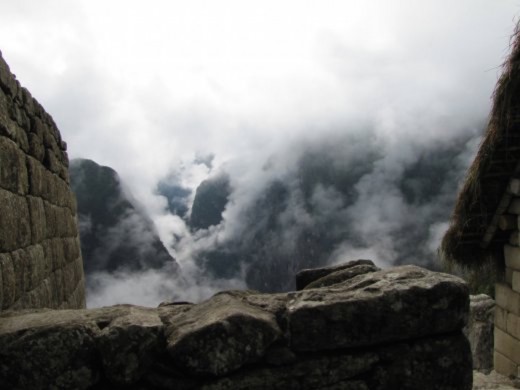
Machu Picchu Citadel
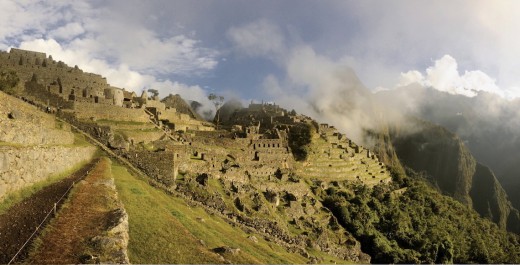
Trip Rating
Travelogue Of Our Trip To Machu Picchu
Our trip to Peru was incredible and I would like to share my experience about the Jaguar Tour with Active Adventures. We visited the heart of the Inca empire, exploring the fortresses and surrounding valleys. We hiked the stunning mountain passes to Machu Picchu, cycled into the sacred valley of the Incas and viewed Amazon wildlife up close. From the towering peaks of the Andes, down to the steamy depths of the Amazon rainforest, it was an experience we'll never forget.
Machu Picchu
The highlight of the trip for me was the days we spent hiking Macho Picchu. On Tuesday, we made our way through the Sacred Valley of the Incas. It started at Piscacucho, or as the locals call it “Kilometre 82”, and hiked alongside the Rio Cusichaca. This area was surrounded by massive Andean peaks, Inca ruins and forests. Before heading up to our camp, we even visited some beautiful small villages. The best part of the day was arriving at the camp to find the porters had already set up our tents. All we had to do was relax with a hot drink and enjoy a delicious hot meal in the dining tent.
The next morning we awoke to cup of hot coco tea delivered to our door, and then enjoyed a hearty breakfast before setting off to Warmiwanusoa, or Dead Woman's Pass. The trail wound its way up through a beautiful mountain pass with stunning panoramic views of the surrounding area. We finished our hike by strolling down cobbled steps that were paved by the Incas over 500 years ago! This led to Pacaymayo Valley, where porters had again set up our tents for the night.
Thursday was our last night on the trail. The day began with an incredible journey into clouds that become denser, lush and warmer the further in we went. The combination of the clouds and the ancient ruins created an incredible atmosphere. We finished the day with a walk down to Winay Wayna.
Machu Picchu Must Sees
We awoke early in the morning on Friday in order to see an incredible sun rise over Machu Picchu from the Sun Gate, before making our way down into the city for a tour with local guides. For the rest of the morning, we explored the incredible sites on our own, including the Sacred Plaza, which truly made you appreciate the incredibly intricate craftsmanship of the Inca people. The Inca didn't use mortar to hold their walls in place. The structures have survived hundreds of years solely due to the precise way the stones are cut to fit together.
We also visited the Sacred Rock at the base of Huayna Picchu, where you can climb up to the summit for a magnificent view into the valley. On our way down we visited the Gatekeepers shack for a signed certificate to prove we climbed up to the summit, and stopped into the Temple of the Moon Cave.
Another incredible part of Machu Picchu was the Central Plaza. The middle of the Plaza was filled with beautiful lush grass filled with grazing llamas and alpacas. On the exterior are many roofless stone structures including the temple of the Three Windows and the Temple of the Condor, which has a striking carved condor head situated in front of a doorway leading into a tiny underground cell. Historians believe it was used as a sacrificial altar and the cells behind may have been used to hold prisoners to be used as sacrifices in the rituals.
One of the best places for photos on our trip was the Funerary Rock Hut, which was believed to be where nobility were mummified. It offers unforgettable views of the Inca Trail. We also visited the Royal Tomb, a cave-like area decorated with ceremonial niches and an intricately cut Inca cross which represents the three levels of existence in the Inca world, underworld, human life and the celestial or spiritual plane of the gods.
Finally we visited Intiwatana or “Hitching post of the sun,” which has a carved rock pillar that orients towards the four cardinal points. The Inca were accomplished astronomers and used the angles of the pillar to accurately predict the solstice. This was a great way to finish the day, and so we took a scenic train ride back to Cuzco where we would have a free day to explore before the remainder of our trip.
It was an incredible trip, and the stand out experience to me was at Machu Picchu. We didn't have to worry about a thing and the richness of culture and history was amazing. At the end of every day, the porters set up our very comfortable sleeping tents and all of our meals and water were provided. We never had to worry about our activities, as everything from hiking to kayaking was included in the tour. If you wanted to sit something out, it was fine. You could either watch or do something on your own. We didn't even have to worry about tips, other than for the Inca Trail guides and the porters, but the trip leaders were fantastic about letting you know what a good amount was. It was a worry-free once in a lifetime trip that I think everyone should experience at least once.
Timetables Peru
- Availability of Machu Picchu Site Ticket 2500 spaces per day. Children 8 to 18 yrs and students $37. Adults $62 (non Andean residents)
- Availability of Tickets for Machu Picchu Plus Huayna Picchu first group
First group (07:00 to 08:00 a.m.) 200 spaces per day. Children 8 to 18 yrs and students $42. Adults $71 (non Andean residents) - Availability of Tickets for Machu Picchu Plus Huayna Picchu second group
Second group (10:00 to 11:00 a.m.) 200 spaces per day. Children 8 to 18 yrs and students $42. Adults $71 (non Andean residents) - Availability of Tickets for Machu Picchu and Machu Picchu Mountain 400 spaces per day. Children 8 to 18 yrs and students $40. Adults $67 (non Andean residents)
- Site and trails closed for clean up during February.
Peru Inca Trail
Agricultural Terraces Peru
